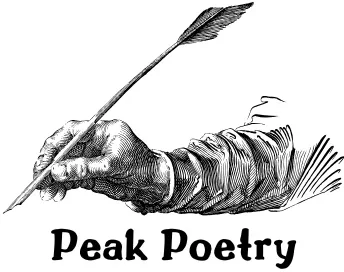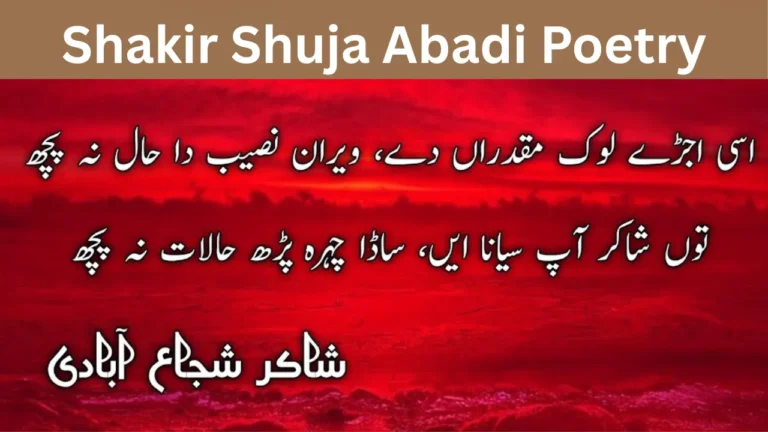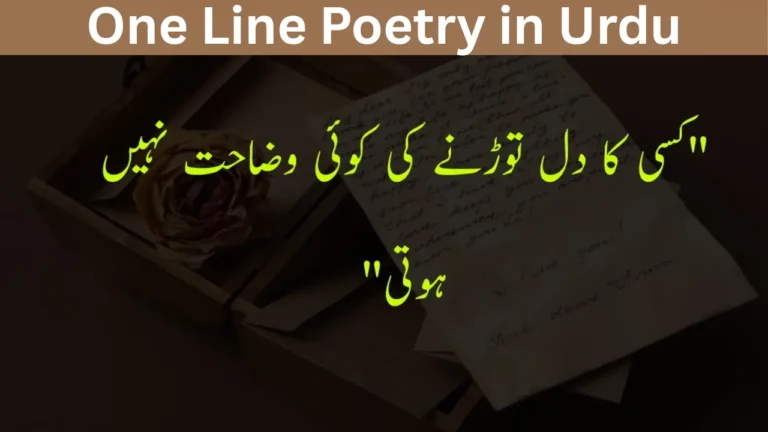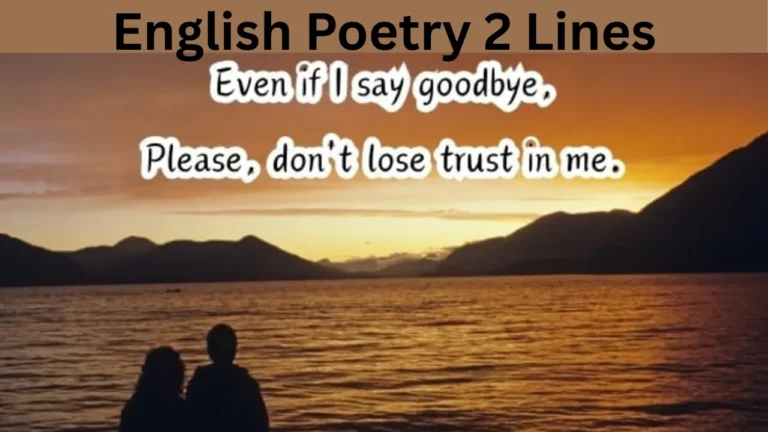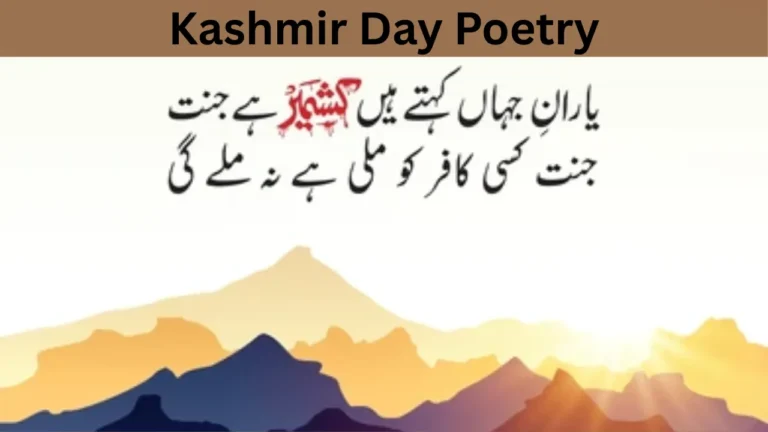Flower Poetry in Urdu: A Timeless Expression of Emotions
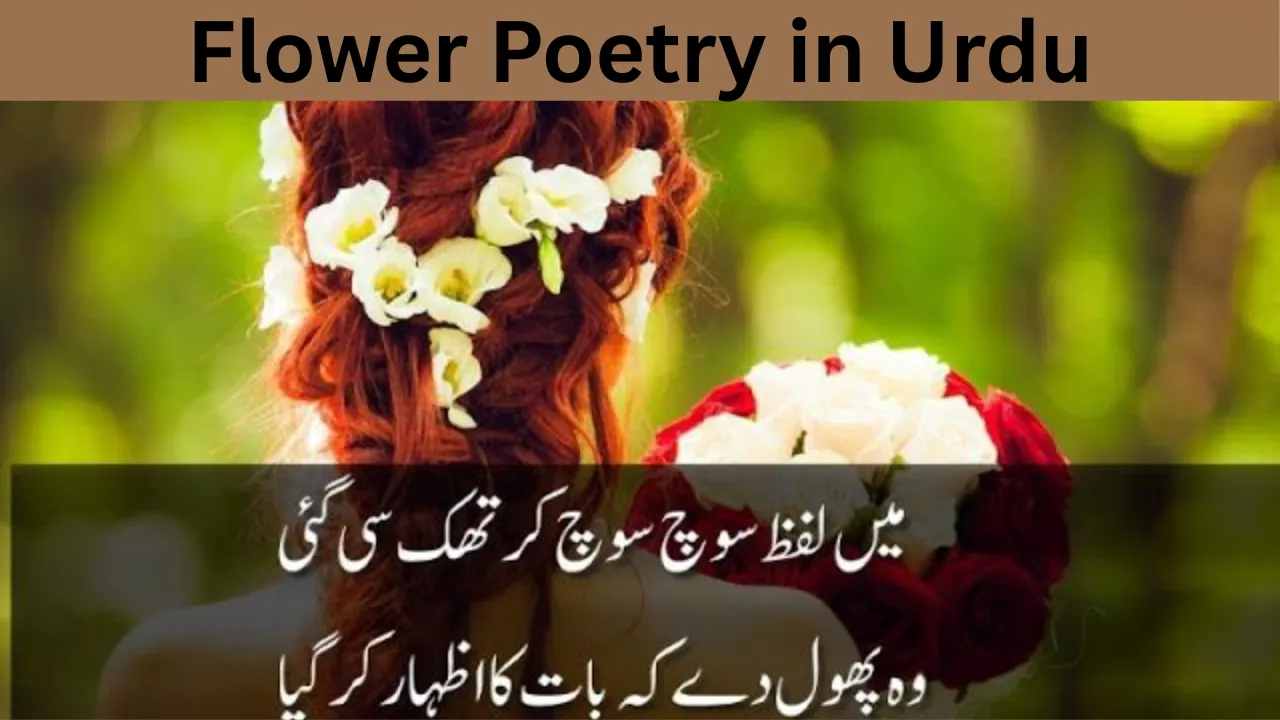
Flower poetry in Urdu has held a special place in the hearts of poetry lovers for centuries. Flowers are not just part of nature—they are silent messengers of emotions. From love to loss, happiness to heartbreak, flowers beautifully symbolize every emotion that a poet wants to express. This poetic form has shaped many iconic ghazals, nazms, and couplets that are cherished across generations.
Just as Welcome Poetry in Urdu: A Celebration of Warmth and Respect helps us greet others with kind words, flower poetry in Urdu welcomes hearts into a garden of feelings—where fragrance becomes language and petals become verses.
Flower poetry captures feelings without using complex words. Even children can understand and feel its charm. That’s the magic of flower poetry—it blossoms even in silence.
Flowers as a Symbol of Emotion in Urdu Literature
In Urdu poetry, flowers are more than simple plants. They represent the softness of love, the sting of longing, the comfort of beauty, and the pain of separation. Roses (gulab) are most commonly used to symbolize passionate love or heartbreak. Jasmine (chameli) reflects purity and devotion, while narcissus (nargis) indicates pride or longing looks.
Poets use these natural symbols to make their feelings easier to understand. A flower is small, but in poetry, it holds an entire world of emotion.
گلوں میں تیرے خواب چھپے ہیں
کہیں خوشبو میں تو ہی تو ہے
(“Your dreams are hidden in the flowers
It seems you’re in every scent I breathe”)
Why Flower Poetry in Urdu Connects Across Generations
One of the strongest reasons why flower poetry in Urdu stays popular is because of its simplicity and elegance. Even children can understand it, and elders can find their youth in it. The images are easy to picture, and the feelings are universal.
In schools, students often recite verses about spring and flowers during festivals. Young lovers write romantic lines filled with floral comparisons. The elderly find comfort in poetic lines about fading flowers that reflect life’s short journey.
پھولوں کی عمر بھی کتنی کم
ایک دن کھلے، دوسرے دن مرجھا گئے
(“How short the life of flowers
They bloom one day, wither the next”)
Common Flowers Used in Urdu Poetry and Their Meaning
While many flowers appear in poetry, a few have become symbols:
- Rose (Gulab) – Love, pain, beauty
- Narcissus (Nargis) – Waiting, pride
- Jasmine (Chameli) – Innocence, fragrance, purity
- Lotus (Kanwal) – Calmness, divine love
These flowers are not just decorations in poetry—they are the characters of emotion themselves.
تجھ سا کوئی گلاب نہیں کھلا
نہ رنگ تیرا، نہ مہک تیری
(“No rose has bloomed like you
Your color and scent are unmatched”)
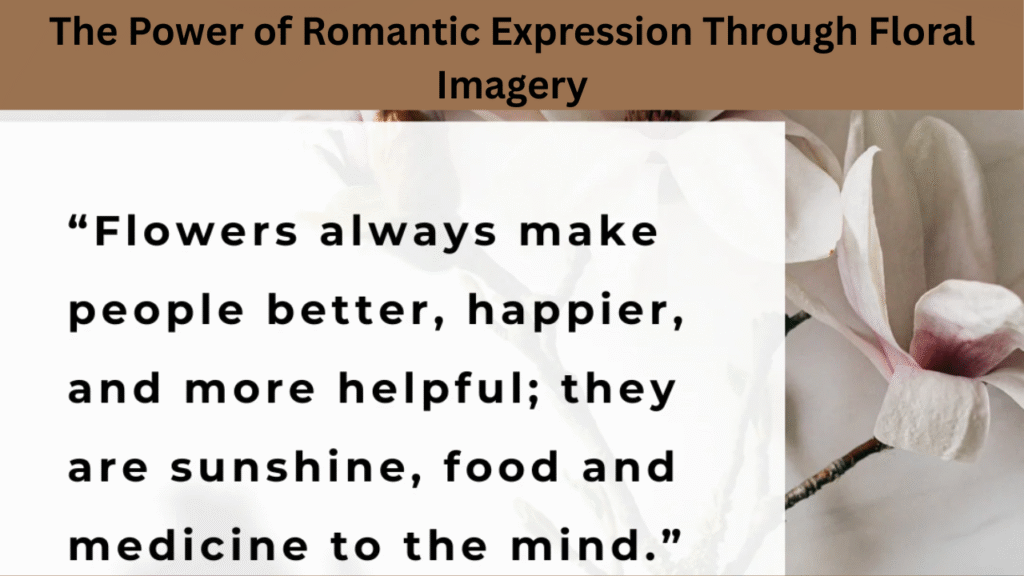
The Power of Romantic Expression Through Floral Imagery
Romantic poetry in Urdu uses flowers to express love in a subtle and respectful way. Instead of naming a lover, poets refer to flowers to hint at beauty, charm, and desire. A single verse can mean a thousand things, and flowers carry that weight effortlessly.
پھولوں کی طرح تیرے لب ہلتے رہے
اور ہم خاموشی میں سب کچھ سن گئے
(“Your lips moved like petals
And I heard everything in the silence”)
These poetic expressions are often more meaningful than direct speech. That’s the magic of flower poetry in Urdu—it expresses what hearts feel but cannot say.
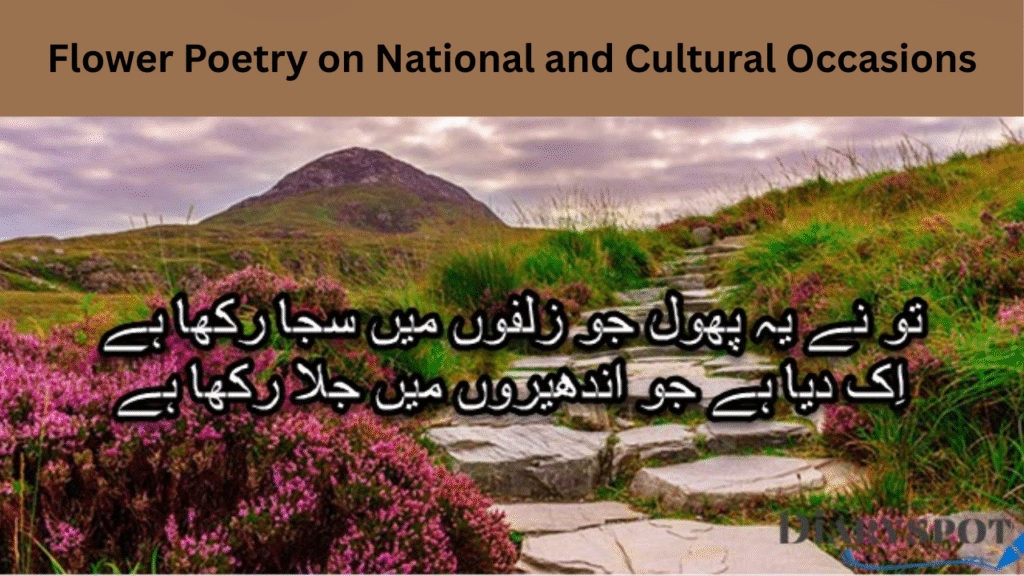
Flower Poetry on National and Cultural Occasions
Flowers are also used to show love for one’s homeland. On Independence Day and similar events, poets use flower imagery to honor the beauty and sacrifice of the nation. Just as in Independence Day Poetry in Urdu: A Tribute to Pakistan’s Freedom, flowers often represent peace, pride, and promise.
یہ چمن ہے میرے وطن کا، پھولوں سے بھرا
یہ وطن، بہاروں کا خواب سجا
(“This garden of my homeland is filled with flowers
A dream of springtime blooms in this land”)
At cultural events like Basant and Eid, flower poetry adds life to greetings and speeches. A few verses about roses or spring uplift the entire mood of the celebration.
Classical and Modern Poets Who Used Floral Imagery
Legendary poets like Mir, Ghalib, Iqbal, and Faiz have all used flowers in their works. Whether it was to show heartache, pride, or revolution, flowers became a strong symbol in their writing.
Modern poets and writers on social media also use this style. The words may be new, but the fragrance of their thoughts still carries the same depth.
مرجھائے ہوئے پھول کی طرح ہے دل
جسے وقت نے آہستہ آہستہ توڑا ہے
(“The heart is like a withered flower
Slowly broken by time”)
The Digital Age of Flower Poetry
In today’s world, flower poetry in Urdu lives on Facebook, Instagram, and WhatsApp statuses. Young people combine flower emojis with classic or modern couplets. Wedding invitations, birthday cards, and even condolence messages now carry floral poetry to touch the soul.
Here’s a modern-style verse:
تم آ گئے ہو بہار بن کے
پھولوں کی طرح دل کھلنے لگا ہے
(“You’ve arrived like springtime
And my heart has bloomed like a flower”)
This poetry may have moved from paper to pixels, but its beauty remains the same. Whether printed or posted, it still makes hearts bloom.
Emotional Layers Found in Floral Imagery
One of the special things about flower poetry is how many layers of meaning one simple flower can carry. A blooming rose might show the start of a relationship. A falling petal may show the end. A closed bud could represent hidden love or untold feelings.
This symbolic style gives the reader freedom to interpret and relate. The best poetry allows you to find your own story in someone else’s verse—and flower poetry does exactly that.
پھولوں کی ہر پنکھڑی پر تیری یاد ہے
کہیں چپکے سے، کہیں خوشبو بن کے
Flower Poetry in Spiritual and Sufi Writing
Flower imagery is also found in spiritual and Sufi poetry. Here, flowers represent divine love, inner peace, and connection with God. The soul is a garden, and prayer is the blooming of faith. This interpretation gives spiritual depth to otherwise romantic verses.
رب کے ذکر میں کھلے دل کے پھول
یہ خوشبو صراط کی رہ دکھاتی ہے
Urdu Poetry and Seasons of Bloom
Poets often relate flowers with seasons. Spring becomes a symbol of new beginnings. Autumn reflects sadness and fading beauty. Rain might show renewal, and sunshine brings healing.
By using flowers within seasonal context, poets describe not just time, but emotion and memory connected to it.
بہار آئی تو پھول بھی مسکرائے
تیرے آنے کی خوشبو ہر طرف چھا گئی
The Art of Saying More with Less
One of the core strengths of flower poetry in Urdu is how it says more with fewer words. A single line about a flower can hold an entire lifetime’s worth of meaning. That’s why it is so often used in short couplets, known as shayari, which are easy to share and remember.
These lines find their way into everyday conversation, films, and even advertisements because they connect instantly.
ایک پھول نے کہا دل سے
خوشبو بن جا، یادوں میں رہنا سیکھ
Conclusion
Flower poetry in Urdu will never fade. It is delicate yet strong, simple yet profound. Whether describing first love, deep sorrow, spiritual longing, or national pride, flowers have always had something to say.
These verses remind us that sometimes, the most fragile things carry the deepest truth. Through a single rose, a poet tells a full story. Through a wilted petal, a broken heart speaks.
جب الفاظ کم پڑ جائیں
پھول بولنے لگتے ہیں شاعری میں
That is the gift of flower poetry. In every garden of words, it continues to bloom.
